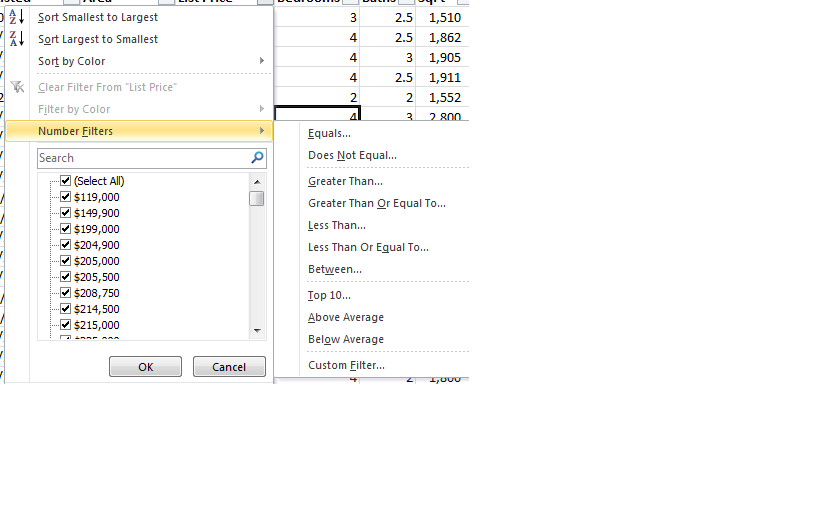You’ve probably used the double arrow buttons to go from page to page, but did you ever wonder what the circle was for? If you hover your mouse over it, it will say “Select Browse Object”
If you click on it, you’ll see a number of pictures
Each of them gives you a different feature that comes in really handy at different times.
The first button, the arrow pointing right will give you a “Go to” dialog box that you can also get by hitting Ctrl G.
The binoculars will open up the find dialog box (which is also the replace dialog box on the other tab).
The pencil will allow you to browse by edits. So when you click on the double arrows, it will go from edit to edit. Now if you don’t remember where you’ve edited, you might think the button is drunk or not working correctly.
The Browse by Headings is helpful if you’ve used styles. This is especially great if you have a long document and have the headings to go from one to another.
Browse by Graphic. This of course will take you from picture to picture.
Browse by Table, so if you have a number of tables in your document, you can go from one to another quickly and easily.
Browse by field. No this is not a corn field or any other produce. This is the different merge fields in your document.
The next two, browse by End Note and Footnote are two sides of the coin.
The yellow guy is browse by comment. If you’ve inserted comments, searching for them can drive you nuts, and this guy will help keep you sane.
The two pieces of paper with the arrow is for browsing for when you change paper direction. You do know that your Word document can have pages going in different directions or even different sizes, like having the envelope and the letter in one document.
The last one is the one we’re all familiar with, browsing by page.
Now go out and give the other buttons a chance.





















